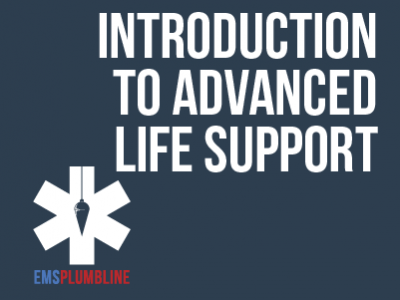 |
Protecting Yourself While Responding to Earthquakes |
2.00 |
This course covers the importance of earthquake safety and protecting yourself before, during, and after an earthquake. It also covers how first responders should keep themselves safe when responding to an earthquake scene. |
 |
Safety Training for Supervisors |
0.75 |
This course covers the different challenges that supervisors face on the job site. You will also learn how to properly identify hazards within your work site and be able to investigate incidents where hazards harmed a worker. Finally, you will learn how to install safe practices in your team so that everyone is protected and the job runs safely. |
 |
Lightning Safety Awareness |
0.50 |
This course covers the basics of lightning, lightning injury prevention, and how to help lightning strike victims. |
 |
Human Relations Skill Development: Communication and Team Building for Paraprofessionals |
1.00 |
Being able to communicate effectively is an essential human relations skill for paraprofessionals. To be a good communicator, paraprofessionals need to understand the components of communication, and how the communication process works. They need to identify barriers to clear communication and develop strategies for minimizing or eliminating barriers to communication. Assessing the current status of personal human relations skills helps each professional identify priorities for making improvements to these skills. |
 |
Constructing: Sepsis for Paramedics, Part 2—Fluid Resuscitation |
1.00 |
If you think caring for sepsis patients is not an interesting topic, you might want to think again. Medical Directors Jeremy Cushman and Christopher Galton, give Paramedic Hoskins a passionate description of proper patient care. Fluids are important and this is why. Final Exam: This multiple choice exam is designed to test your knowledge of the material you just reviewed. You have two attempts to gain an 80% or higher on this exam. Please take your time and answer each question carefully. |
 |
Forklift Safety |
1.00 |
This course covers the proper handling and safe operation of forklift truck machinery. This includes some of the hazards operators face as well as tips for proper load centering and proper load capacities to prevent tip-overs. |
 |
Manual Materials Handling |
0.50 |
This course covers safe practices for lifting and handling manual materials, which can help prevent back injury. |
 |
Respiratory Protection Awareness |
0.50 |
This course covers the different types of respirators and their purposes, as well as OSHA standards and the reasons why using a respirator would become necessary. |
 |
Ergonomics for General Industry: Making the Work Fit the Worker |
0.50 |
This course covers the basics of ergonomics, musculoskeletal disorders, and the signs and symptoms of these disorders. A worker's right to a safe workplace will also be addressed. |
 |
Quality Management: Ideas and Organization (Instructor Guide) |
0.84 |
Brainstorming works best when used by a group of four to nine people. When brainstorming, team members’ goals should be to break their existing patterns of thought by generating original and creative ideas.
In this course you will learn to: sequence and follow the steps for brainstorming, identify the purpose of affinity diagrams, construct activity network diagrams, and identify the benefits of using CPM and PERT charts to understand the critical path of a project.
This Instructor's Edition of this course includes notes and suggestions to assist you in presenting the material, whether in an in-person classroom setting or as an instructor-led online or distance-learning course. It also provides you with the answers to questions found in mid-lesson activities, as well as in the quiz that concludes the course. |











